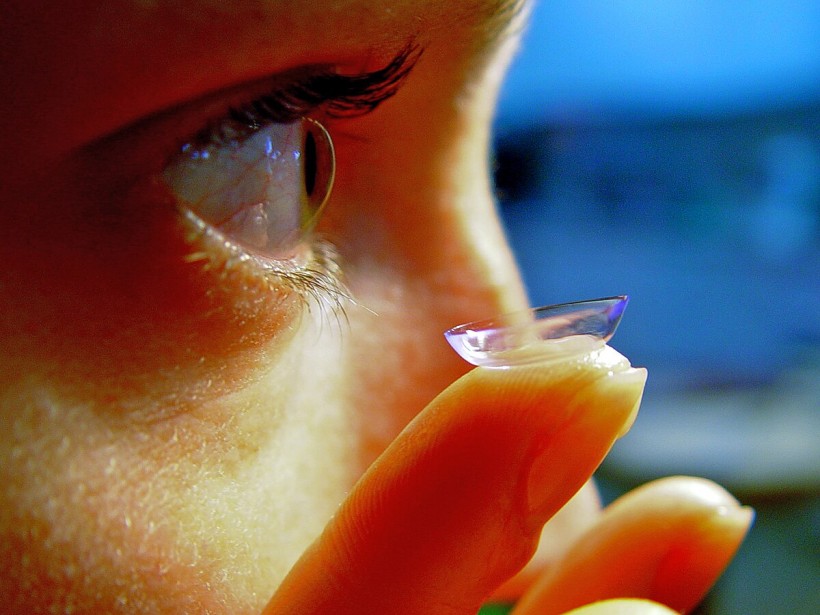Latinos More Vulnerable to Dry Eye: How to Manage if You Wear Contact Lenses

Latinos are vulnerable to more eye conditions than just glaucoma and retinal detachment. According to the Ophthalmology Times, individuals of Hispanic ancestry are also more likely to experience severe cases of dry eye. This condition occurs when your eyes don't produce enough tears to moisturize them or if your tears evaporate too quickly.
Severe dry eye syndrome can be more prevalent among America's minority populations due to differences in healthcare access and treatment. That's something you may want to note if you also wear contact lenses: the 2018 study Contact Lens-Associated Dry Eye Disease finds that wearing them can hasten the development of this condition.
Fortunately, preventing dry eye as a contact lens wearer doesn't need to be challenging. You only have to take a few simple steps:
Choose the best contact lenses.
Not all lenses are created equal, so use the kind that discourages dry eye. Ideally, it's best to buy disposable, hydrating contact lenses—in other words, the type that's discarded after one use and contains moisturizing ingredients. A good option is the Acuvue Oasys® 1-Day with HydraLuxeTM Technology. It boasts a 38% water content with tear-like properties, which works with your natural tear film to provide maximum moisture. These can be bought online at a discount and in packs of 90 pairs, so you don't need to worry about running out of them often. You can also add your prescription to them, which can be handy for the few Hispanic Americans who have refractive errors like myopia.
Use your contacts properly.
You need a prescription to buy contact lenses, so it's always recommended that you get an eye exam before doing so. While you're there, your optometrist will give you a few pointers on how to use contact lenses properly. A few of them will help you avoid dry eye. For example, you need to keep them away from water at all costs. That's more than just because it contains microbes that make you more prone to eye infections—water saps the moisture out of your contacts and makes them stick to the eye. That can both affect the amount of oxygen that enters your eyes and impact tear production, potentially causing dry eye. For that same reason, you should also avoid going to bed in your contacts: doing so will allow them to dry your eyes out while you sleep.
Try anti-dry eye home remedies.
The strong family culture among Latinos means most of your health remedies are probably homemade and come from your abuela—like caldo de pollo for the flu and red onion and honey concoctions for your coughs. That's why you may appreciate that there are plenty of ways you can combat dry eye right at home. Take the fact that you blink less when looking at digital screens. That minimizes opportunities to moisturize your eyes, so try the 20-20-20 rule (look somewhere 20 feet away for 20 seconds every 20 minutes) to rehydrate them. You can also regularly wear a warm eye mask before bed. One worth trying is the Eyedration moist heat mask, which is specifically designed to unclog your eyes' oil glands and promote natural lubrication. Be sure to gently massage your eyelids after removing the mask to distribute that moisture.
When to See a Doctor
Though the above tips can help prevent and slow the development of dry eye, it's still important to know what to do once you think you have it. Consult an optometrist if you experience any of the condition's symptoms, like excessive tearing, pain, or blurred vision. Platforms like Visibly can help you book an online appointment if you're among those in the Latino community without vision insurance or access to eye care. Receiving a diagnosis through such means can be vital because it can help you get fitted for more suitable contact lenses—and avail of advanced dry eye treatments like prescription artificial tears and low-level light therapy.
Subscribe to Latin Post!
Sign up for our free newsletter for the Latest coverage!
* This is a contributed article and this content does not necessarily represent the views of latinpost.com












